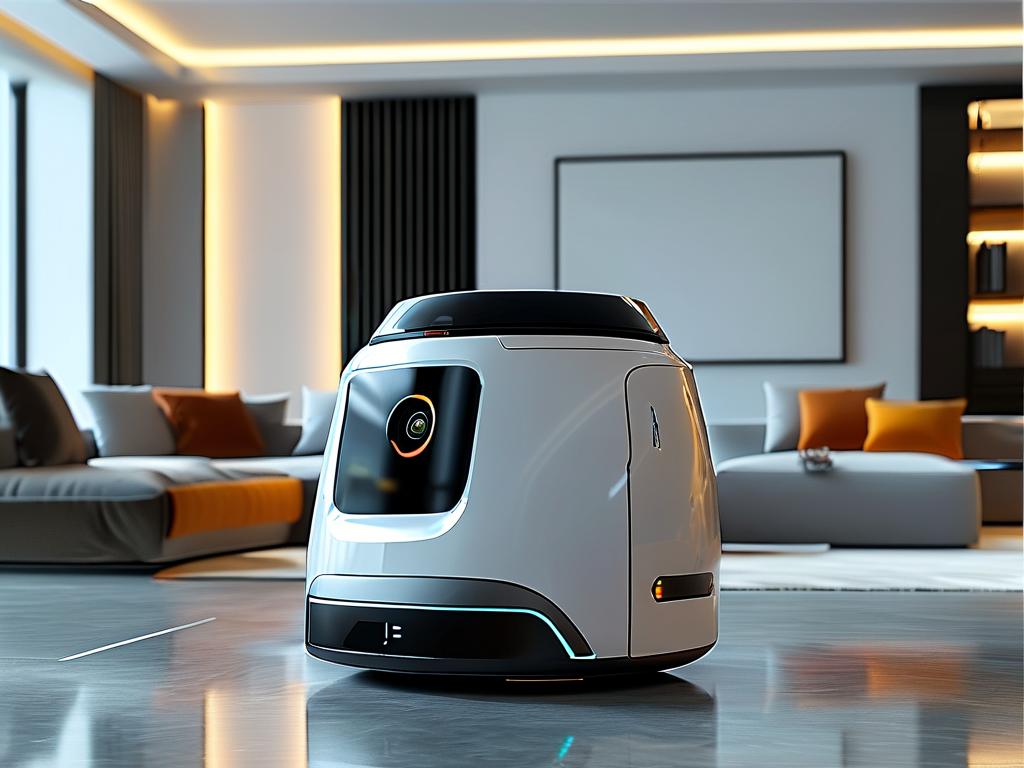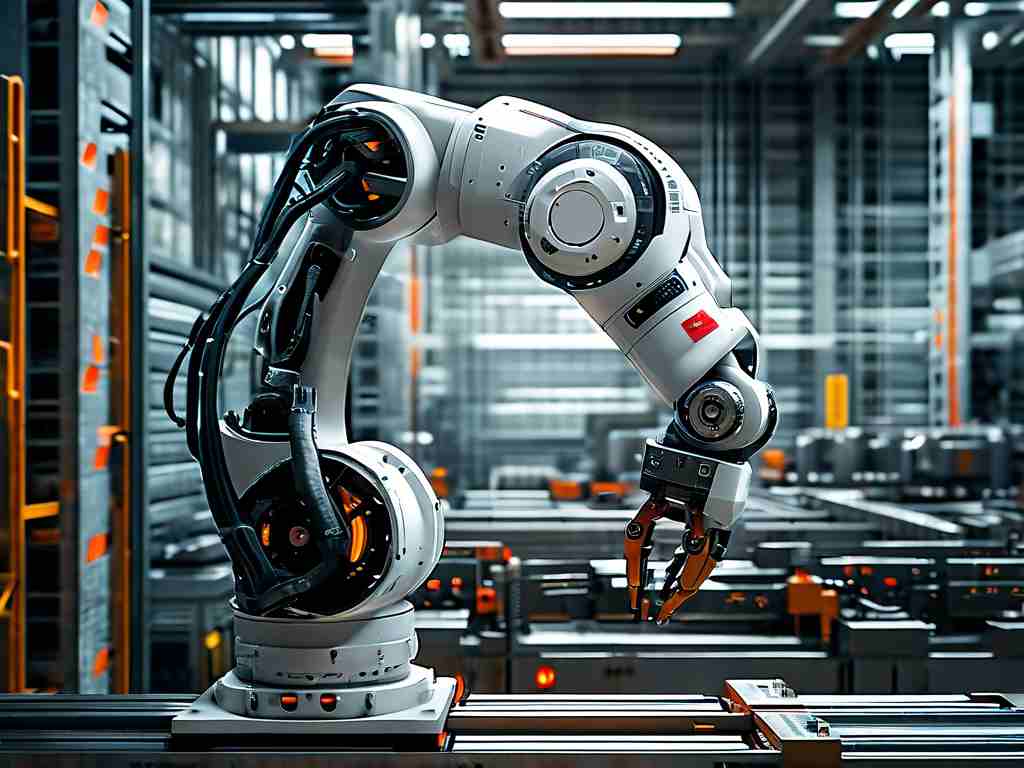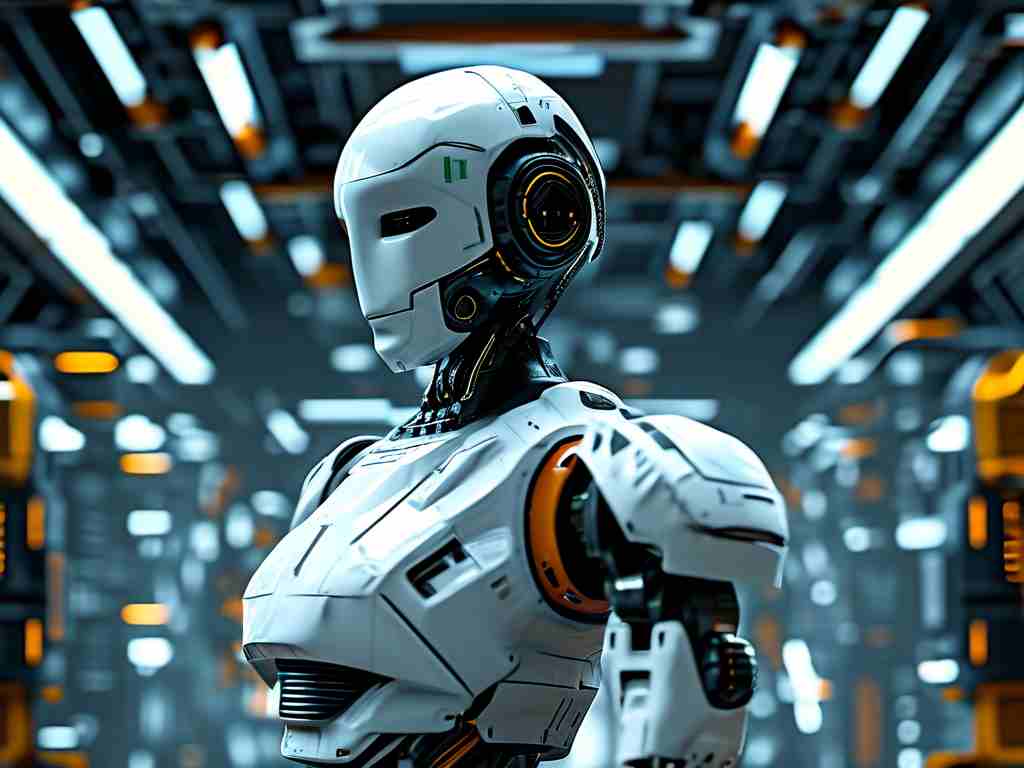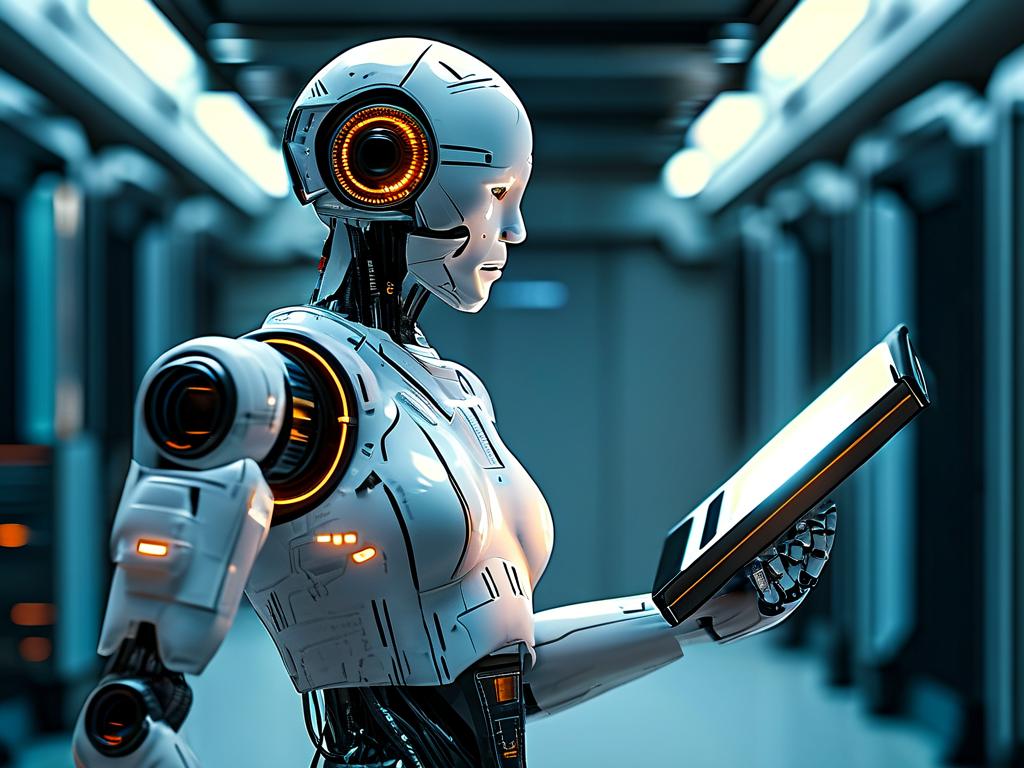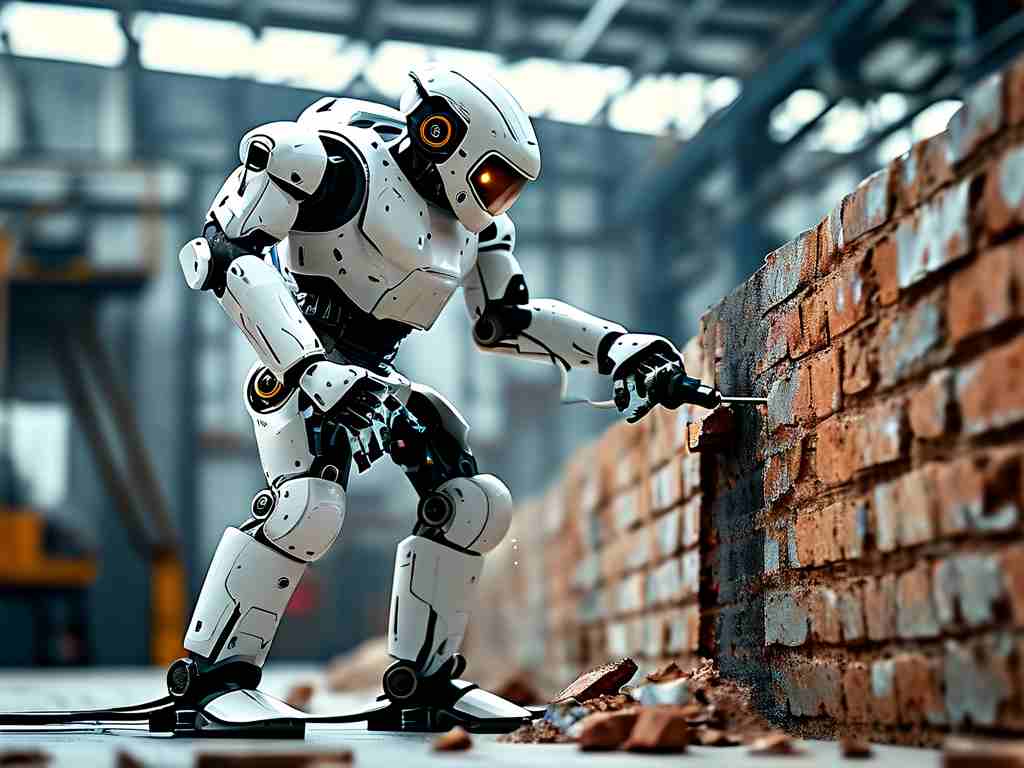The evolution of rescue robotics has emerged as a cornerstone in modern emergency response strategies, offering unprecedented capabilities to save lives in high-risk environments. From earthquake-stricken urban areas to collapsed mining tunnels, advanced robotic systems are redefining how humans approach disaster scenarios. This article explores groundbreaking innovations in rescue robotics, their real-world applications, and the challenges shaping this transformative field.
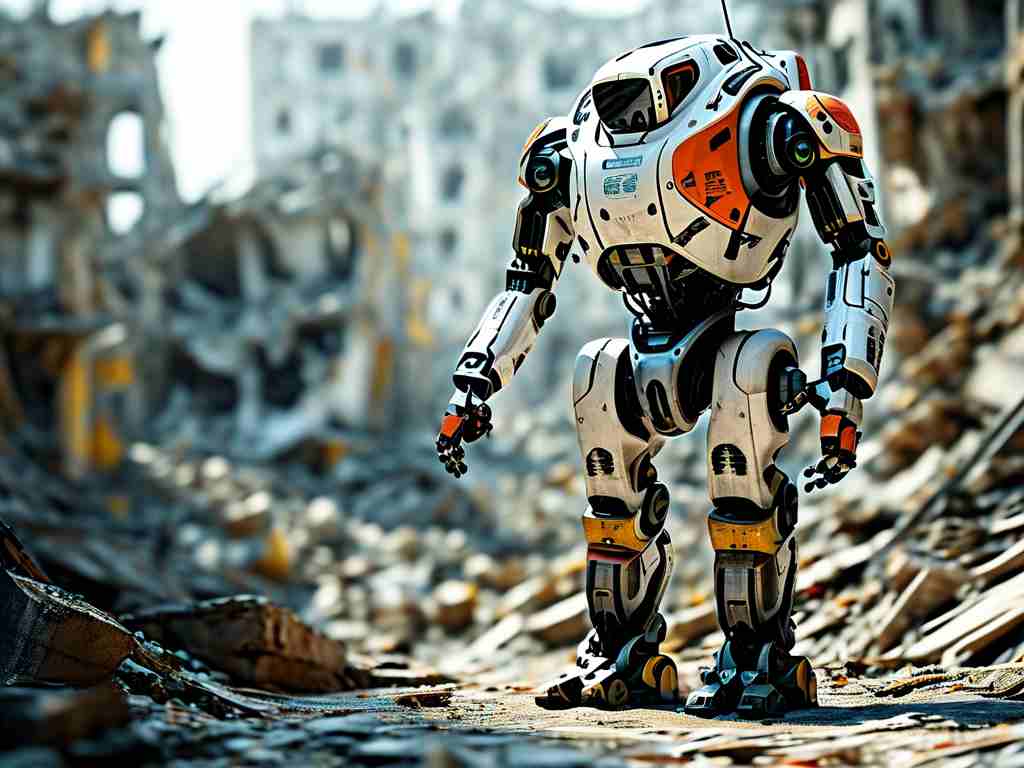
Precision and Adaptability in Hostile Environments
Modern rescue robots integrate multispectral sensors and AI-driven navigation systems to operate in environments deemed too dangerous for human responders. The development of "tactile perception" algorithms allows robots like the Quince Series (developed by Japanese researchers) to distinguish between debris types and adjust grip strength when moving hazardous materials. These machines now employ 360-degree LiDAR mapping combined with thermal imaging to locate survivors trapped under rubble, even through dense smoke or low-visibility conditions.
A notable breakthrough lies in swarm robotics coordination. Inspired by insect colonies, projects like the EU-funded SHERPA initiative demonstrate how fleets of aerial and ground robots collaboratively map disaster zones. Drones equipped with gas analyzers identify chemical leaks while quadruped robots simultaneously establish Wi-Fi meshes for communication networks – all coordinated through decentralized AI systems that optimize response paths in real time.
Energy Innovation and Morphological Flexibility
The Achilles' heel of early rescue robots – limited operational duration – is being addressed through hybrid power systems. MIT's Cheetah 3 robot exemplifies this progress, combining high-density batteries with pneumatic actuators that harvest kinetic energy during movement. Meanwhile, modular designs allow robots to shed or attach components mid-operation. The German Aerospace Center's Transformer Rescue Unit features detachable limbs that convert into standalone sensor nodes, enabling a single robot to perform multiple functions during extended missions.
Soft robotics has introduced game-changing capabilities for delicate operations. Harvard's Octobot-inspired prototypes can squeeze through sub-10cm gaps while carrying medical supplies, their silicone bodies conforming to irregular surfaces without causing structural destabilization. When combined with self-healing polymers (pioneered by Singaporean researchers), these robots demonstrate remarkable resilience against punctures and abrasions common in disaster environments.
Human-Robot Interaction Breakthroughs
Next-generation interfaces enable seamless collaboration between human teams and robotic systems. Haptic feedback exoskeletons allow operators to "feel" through a robot's sensors, while AR visors overlay vital environmental data onto real-world visuals. The US Army's Tactical Rescue Operator Network (TRON) system demonstrates how voice command recognition and gesture control enable faster decision-making during time-critical operations.
Ethical AI frameworks are being implemented to address complex triage scenarios. Robots like ETH Zurich's ANYmal now incorporate ethical decision trees validated by emergency physicians, capable of prioritizing multiple victims based on injury severity and survival probability when human oversight is unavailable. This controversial but necessary development sparks ongoing debates about machine autonomy in life-or-death situations.
Challenges and Future Directions
Despite remarkable progress, significant hurdles remain. Signal latency in underground environments continues to hinder remote operations, prompting research into neutrino-based communication systems. Durability testing under extreme conditions – such as Fukushima's radioactive zones or Antarctic search missions – pushes material science to its limits. Regulatory frameworks struggle to keep pace with technological advancements, particularly regarding cross-border drone deployments and data privacy concerns.
The coming decade will likely witness three transformative trends: biohybrid robots incorporating living tissue for enhanced environmental interaction, quantum computing-enabled real-time disaster modeling, and self-replicating nano-robots for structural stabilization. As climate change intensifies natural disasters, the ethical imperative to perfect these technologies becomes increasingly urgent.
Rescue robotics no longer represents speculative futurism but an essential component of global emergency preparedness. By merging cutting-edge engineering with humanitarian objectives, these innovations promise to redefine the boundaries of lifesaving operations while challenging our perceptions of human-machine partnership in crisis response.


